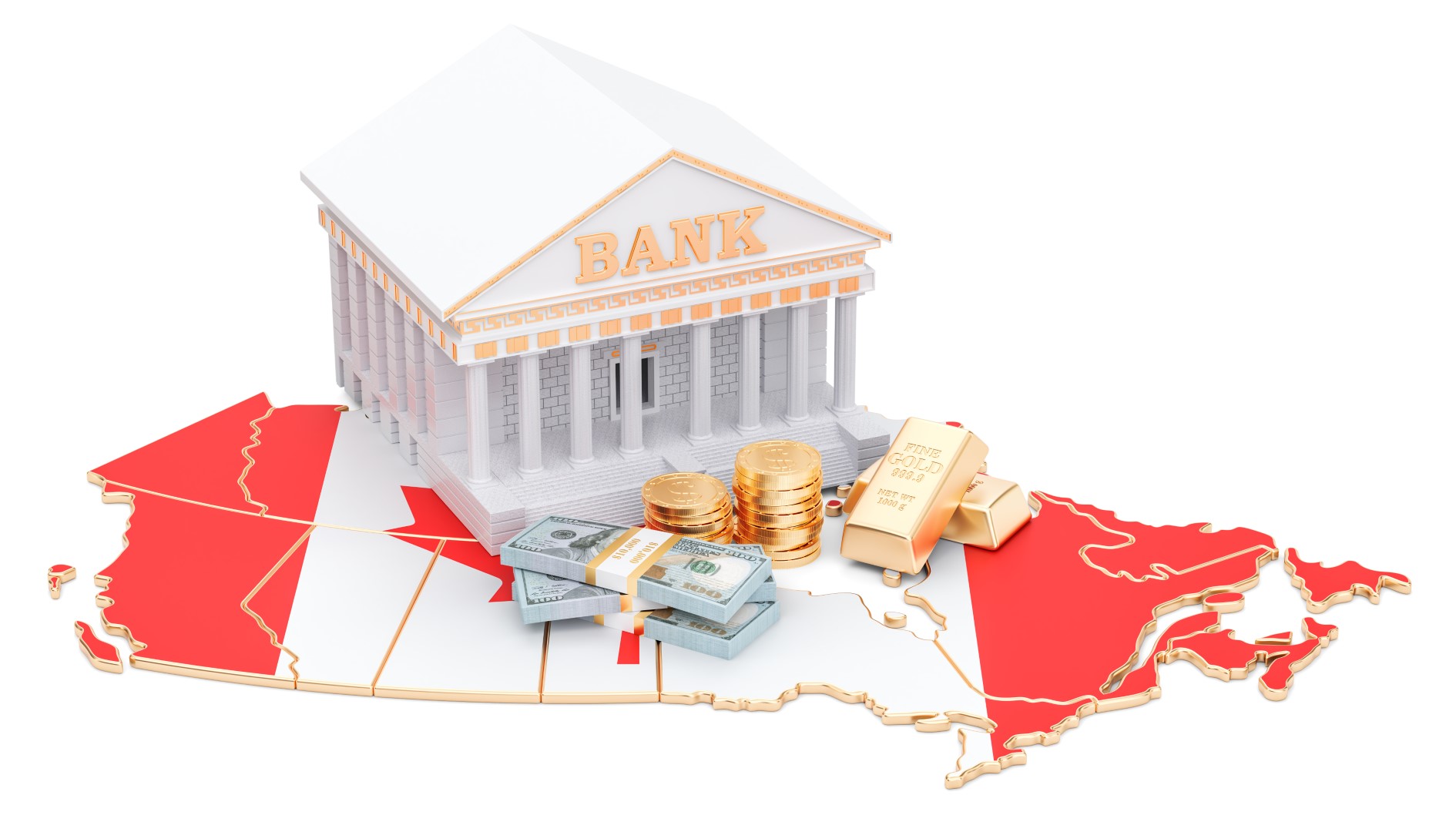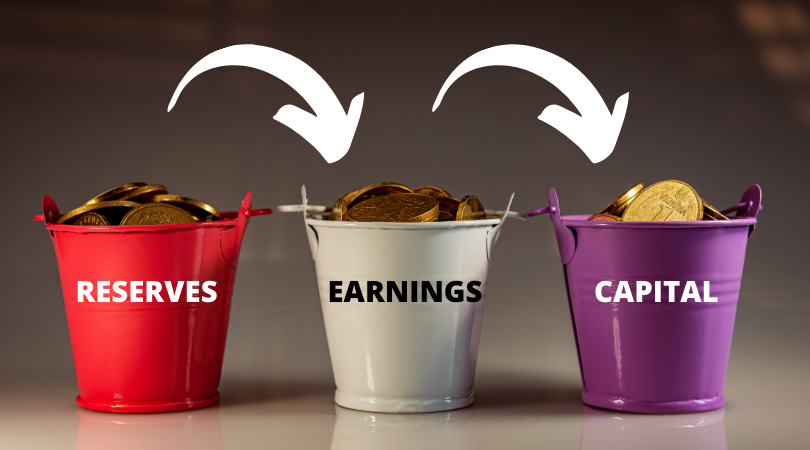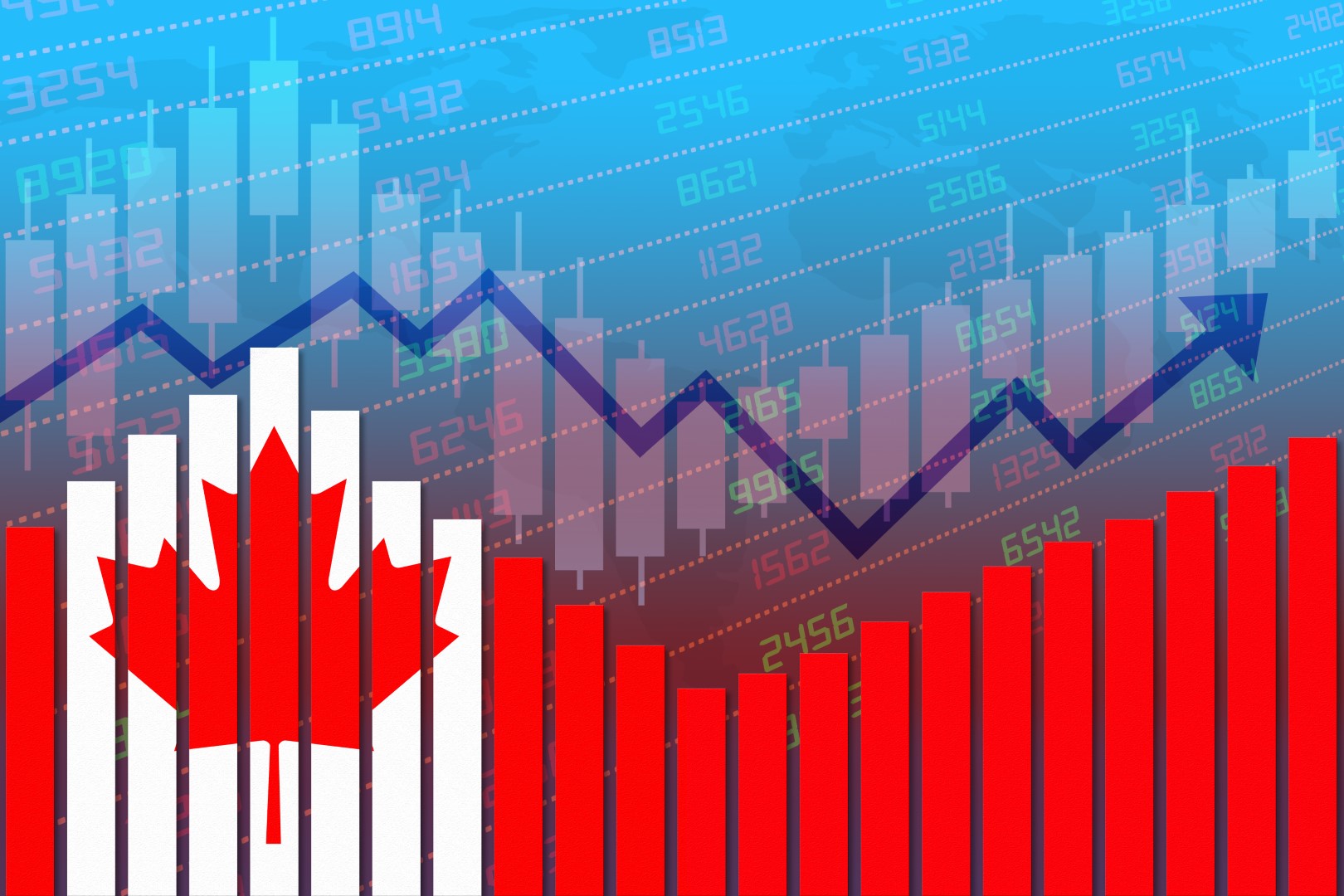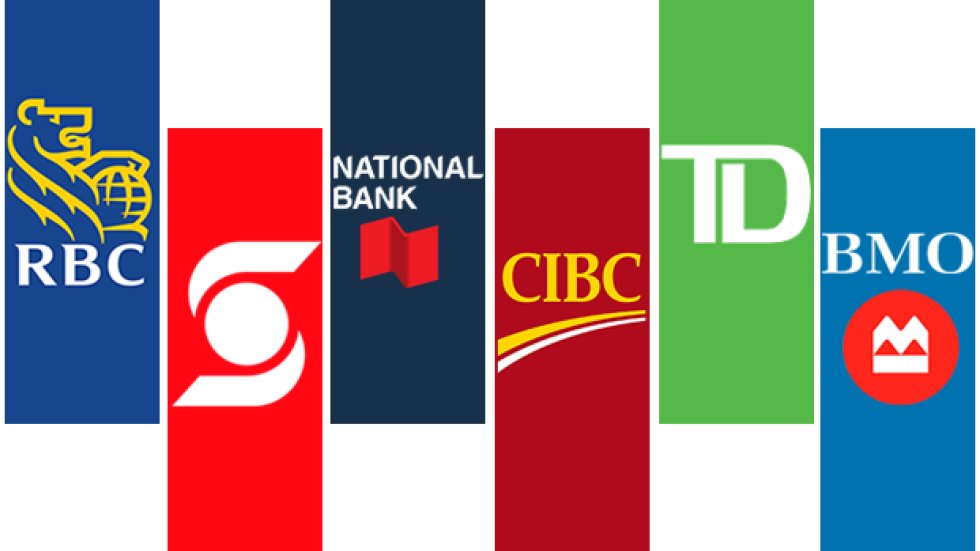Before we discuss why the Canadian regulator OSFI should lift its cap on dividends as soon as possible, we would like to highlight the recent launch of the Hamilton Enhanced Multi-Sector Covered Call ETF (ticker: HDIV), an equal weight portfolio of seven established covered call ETFs with a sector mix broadly consistent with that of the S&P/TSX 60. HDIV utilizes modest 25% cash leverage to support…
Commentary: HCAL
Canadian Banks: Reserve Releases Dominate Results; Q2-21 Takeaways (in Charts)
Reserve releases featured prominently in Q2 earnings results for the Canadian banks, another step forward for the sector in its ongoing credit recovery and just one of the positive catalysts we previously identified for Canadian bank stocks in 2021. In our October webcast, “Canadian Banks: Credit Cycle is (Basically) Over”[1], we outlined our reasoning that a credit-driven recovery in Canadian bank earnings and stocks was beginning.…
Canadian Banks: Catalyst #2 (Reserve Releases) Approaching
In this Insight, we explain why we believe reserve releases of between $6 and $8 bln for the Canadian banks are coming in 2021, which could have a material impact on share prices. While all credit cycles are unique, they each have distinct stages and this COVID credit cycle has been no different. The first stage was three quarters in duration (Q2-20 to Q4-20) and characterized…
HCAL/HCA: Volatility vs. Individual Cdn Banks
In this One Chart, we compare the volatility profile of 1.25x the Solactive Canadian Bank Mean Reversion index (SOLCBMRT) – which the Hamilton Enhanced Canadian Bank ETF (ticker, HCAL) seeks to replicate before fees – to that of the Big-6 Canadian banks. We believe HCAL is a good choice for long-term investors, as its modest leverage offers the potential for higher returns in a steadily growing…
Canadian Banks: Are Analysts Underestimating the Recovery (Again)?
In our October webcast, “Canadian Banks – Credit Cycle is (Basically) Over”, we correctly predicted that reserve builds for the Canadian banks would peak in Q4-20, and that the recovery would begin in Q1-21. In fact, we launched the Hamilton Enhanced Canadian Bank ETF (HCAL)[1] in October 2020 to give investors a vehicle to capitalize more fully on this recovery while at the same time benefiting…
Canadian Banks: Q1-21 Takeaways – One Catalyst Down, Two to Go
In October 2020, we launched the Hamilton Enhanced Canadian Bank ETF (ticker: HCAL), a modestly levered version of our Canadian bank mean reversion strategy ETF (ticker: HCA), in anticipation of a credit-driven recovery for Canadian bank earnings and stocks. In our view, with its 25% leverage, HCAL offers investors an opportunity to benefit as the recovery gains traction (in the near-to-medium term), as well as for…
Video: Canadian Banks – Three Potential Catalysts for 2021
Watch Rob Wessel, Managing Partner of Hamilton ETFs, give an update on three potential catalysts for the Canadian banks in 2021.
Canadian Banks: Q4-2020 Takeaways – Recovery Has Started; What’s Next?
In late October, with earnings season approaching, we wrote an insight entitled, “Canadian Banks: Will Q4 Be a ‘Clean-up’ Quarter?”. In that note, we predicted the banks would take steps to accelerate their return to normalized earnings by: (i) building reserves against performing loans (by to $2-$3 bln, to ~$25 bln) in order to prepare for defaults coming in 2021, and (ii) pulling forward expenses, possibly…
Video: Canadian Banks – Key Takeaways from Q4 Earnings
Watch Rob Wessel, Managing Partner of Hamilton ETFs, give an update on the Q4 2020 Canadian bank earnings season:
Canadian Banks: Will Q4 be a ‘Clean-up’ Quarter?
Note to Reader: We are pleased to announce the launch of the Hamilton Enhanced Canadian Bank ETF (HCAL), which began trading on the TSX on Thursday, October 15th and has a current yield of ~6.5%. HCAL invests 125% of NAV into the Hamilton Canadian Bank Mean Reversion ETF (HCA) using cash borrowed from a Canadian financial institution. The underlying – and unlevered – HCA seeks to…
Hamilton Enhanced Canadian Bank ETF (HCAL) – Get More from the Canadian Banks
We are excited to announce the launch of the Hamilton Enhanced Canadian Bank ETF, which will begin trading on the TSX under the ticker HCAL on Thursday, October 15th. HCAL will provide exposure to Canada’s ‘big 6’ banks, with enhanced yield and return potential, with distributions paid monthly. HCAL builds on our innovative Canadian Bank mean reversion strategy. Specifically, HCAL’s investment objective is to replicate, before expenses,…
Canadian Banks: Outperformance from Mean Reversion (in 7 Charts)
As all Canadian investors know, the stock prices of the Canadian banks are highly correlated, and the individual banks have generated similar returns over long periods of time. Over the past several decades, the Canadian banks that have underperformed tended to catch up to those that outperformed, and vice versa – i.e., their performance was “mean reverting”. In this Insight, we discuss these mean reversion tendencies…











